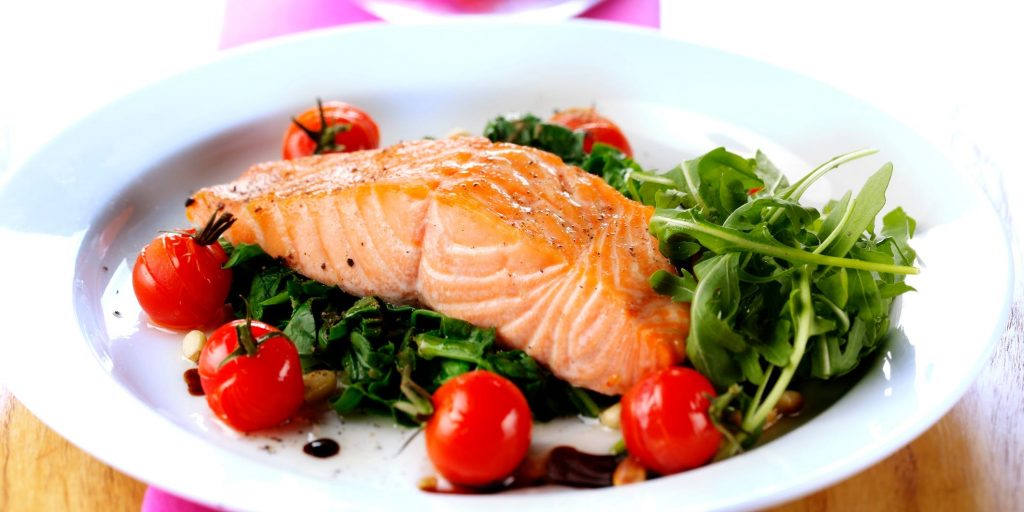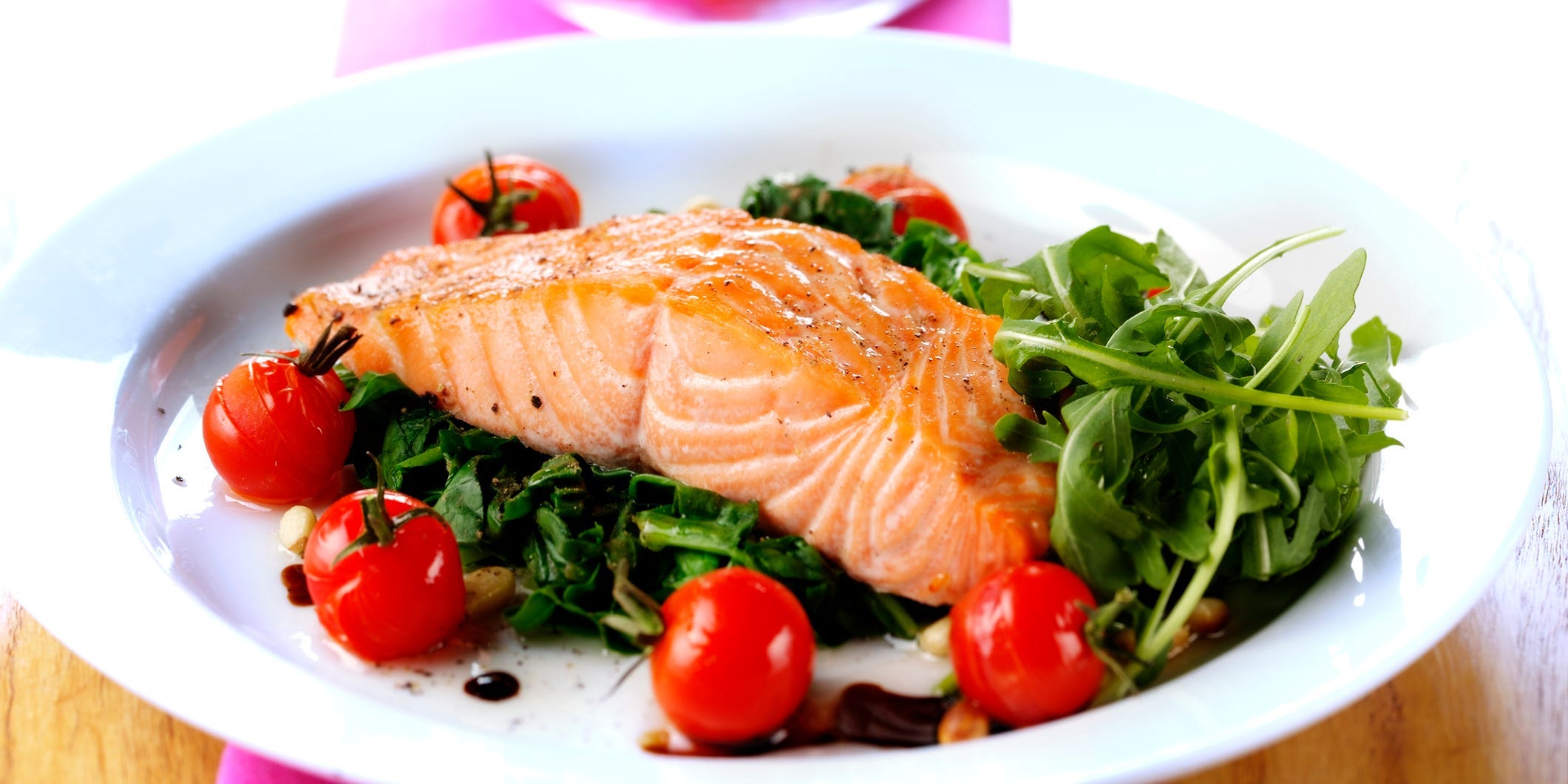
Joff Lee/Getty Images
- If you have insulin resistance, stick to a diet full of healthy fats, fiber, and lean protein sources.
- To reverse insulin resistance you can also try a low-carb or Meditteranean diet meal plan.
- Foods to eat with insulin resistance include salmon, brown rice, vegetables, and avocados.
- Visit Insider's Health Reference library for more advice.
About 32% of the US population has insulin resistance – a condition that means your body can't control blood sugar levels as well as it should.
When left unchecked, insulin resistance can lead to prediabetes, metabolic syndrome, or type 2 diabetes.
However, insulin resistance can be managed, and in some cases, reversed through a healthy diet and exercise.
What you should eat with insulin resistance
Insulin resistance is often caused by repeated spikes in blood sugar due to poor diet and nutrition. Therefore, to reverse insulin resistance, you must manage blood sugar levels and prevent them from rising and falling quickly.
The easiest way to do this is to avoid foods that cause blood sugar spikes in the first place. One of the biggest culprits is simple carbohydrates because your body converts these to glucose, aka blood sugar, faster than any other food. That's why low-carb diets are some of the most highly recommended when it comes to reversing insulin resistance.
In fact, a small 2016 study found eating three low-carb meals within 24 hours reduced insulin resistance by over 30% in postmenopausal women of a healthy weight.
Meanwhile, some doctors recommend the Mediterranean diet because, in addition to being low in simple carbs, it's also high in fiber and protein. If fiber and protein is paired with carbs, the body converts it to glucose more slowly, thereby minimizing blood sugar spikes. This can help explain why research has found a high dietary fiber intake is associated with a 20% to 30% reduced risk of developing type 2 diabetes.
If you have insulin resistance, Jonathan Clinthorne - director of nutrition at Simply Good Foods - recommends eating more:
- Vegetables: They're rich in fiber and relatively low in net carbohydrates, which means blood sugar levels remain steady.
- Fatty fish: The omega-3 fatty acids in oily fish like salmon, albacore tuna, and herring have anti-inflammatory properties which help reduce inflammation linked to insulin resistance.
- Extra-virgin olive oil: Heart-healthy monounsaturated fats like olive oil contain antioxidants that activate insulin receptors, thus helping to improve insulin sensitivity.
- Berries: Strawberries, blackberries, raspberries, and blueberries are all low on the GI index, meaning they don't cause spikes in blood sugar.
- Nuts and seeds: Since they're high in fiber and healthy fats, these foods slow the release of sugar into the bloodstream after a meal.
According to Clinthorne, if you have insulin resistance avoid foods that can cause blood sugar spikes like:
- Sweets, like cookies, cakes, and candy.
- Fried foods, like fries, mozzarella sticks, and fried chicken.
- Refined carbohydrates, like white bread, white pasta, and sugar.
- Other high-GI foods, like watermelon, pineapple, corn flakes, corn pasta, rice cakes, and rice crackers
-
7-Day insulin resistance diet plan
Below is a sample meal plan designed by Deborah Malkoff-Cohen, RDN, a certified nutritionist at NYC Eat Well, specifically for people with insulin resistance.
Day 1
f
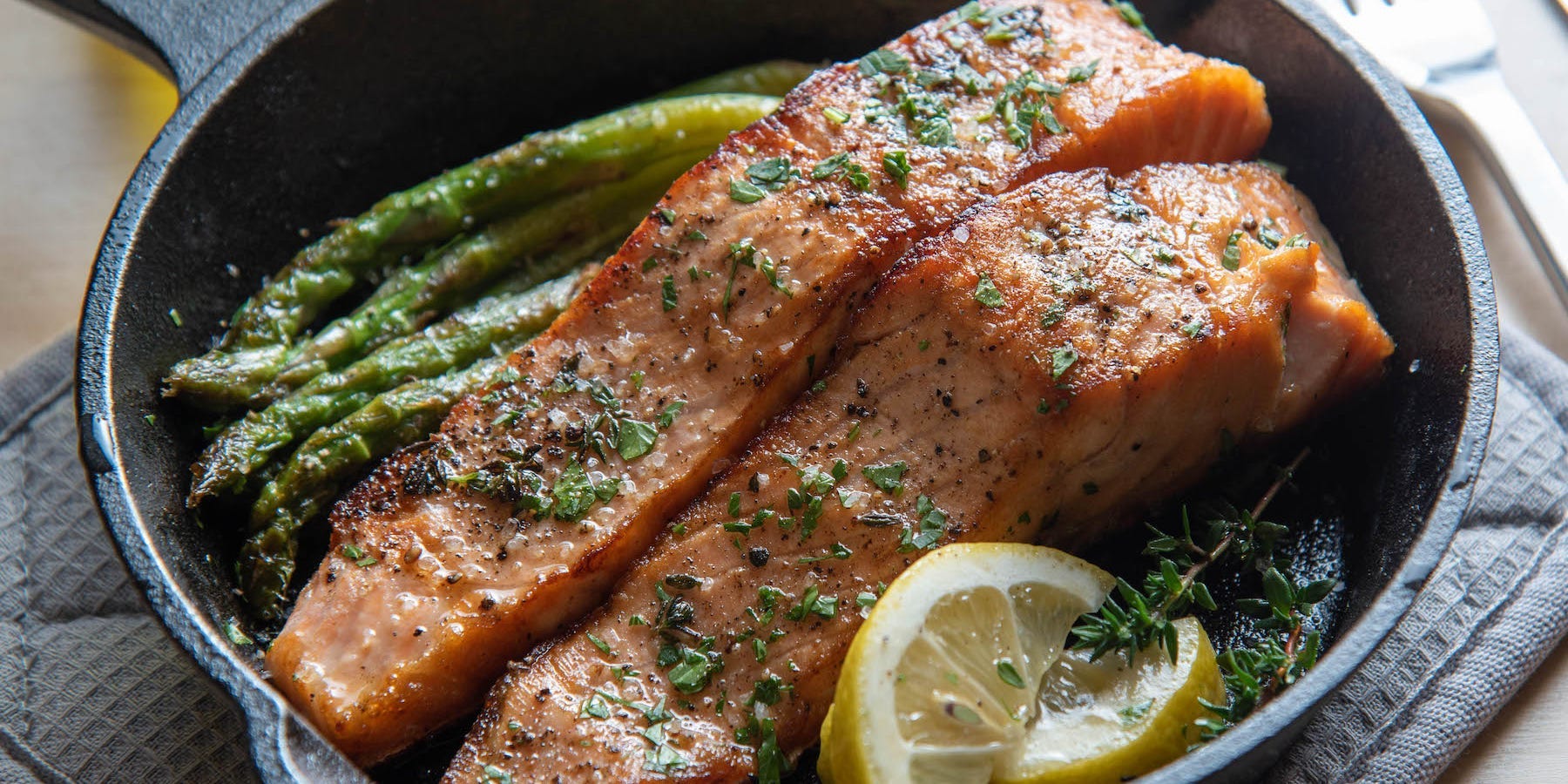
Ahirao/Getty Images
Breakfast: 100-calorie whole-wheat English muffin with two poached, scrambled, or hard-boiled eggs.
Lunch: Turkey burger on a whole-wheat bun accompanied by a side salad with vinaigrette.
Dinner: Grilled or roasted salmon with ½ cup brown rice and a side of broccoli.
Day 2
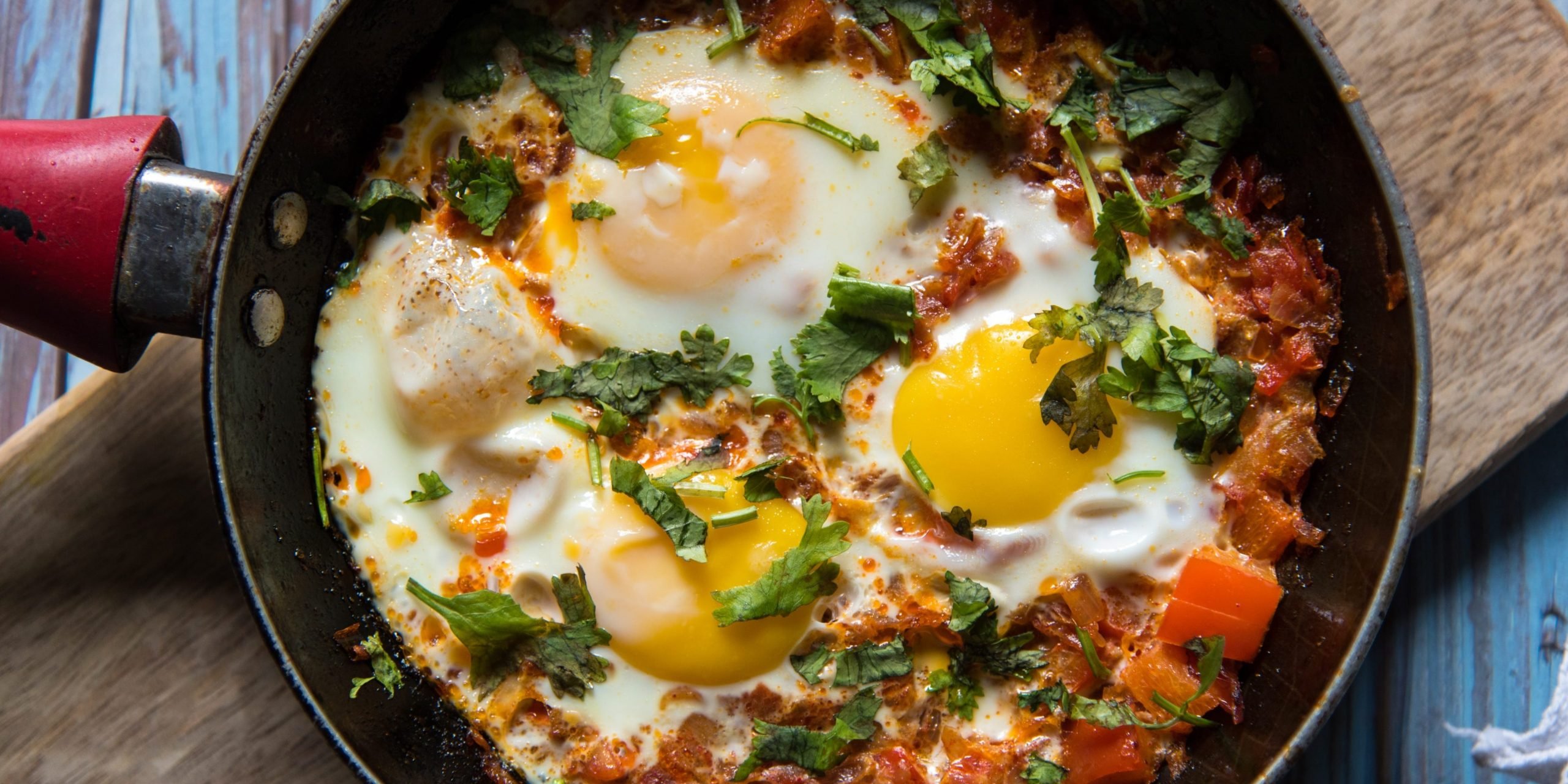
DebashisK/Shuttershock
Breakfast: Parfait with ¾ cup plain Greek yogurt, ⅓ cup keto granola, 1 cup berries.
Lunch: ½ grilled cheese sandwich with 1 cup tomato soup.
Dinner: Skillet shakshuka with two eggs.
Day 3
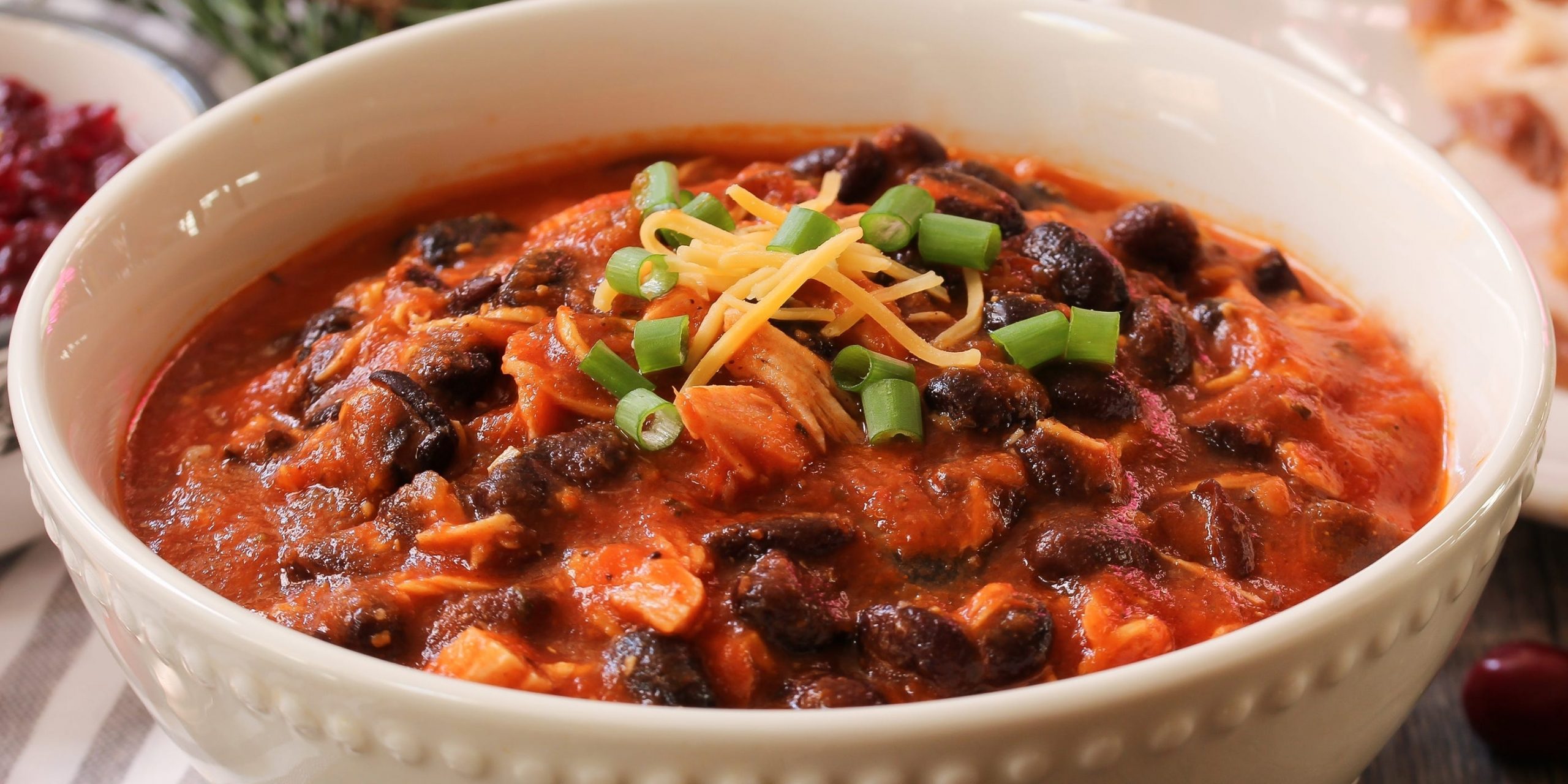
vm2002/Shutterstock
Breakfast: One whole-grain waffle, ½ cup whipped cottage cheese, ½ cup berries, one egg on the side.
Lunch: Chicken lettuce wraps with hoisin sauce and water chestnuts.
Dinner: 1 cup crockpot turkey and bean chili.
Day 4
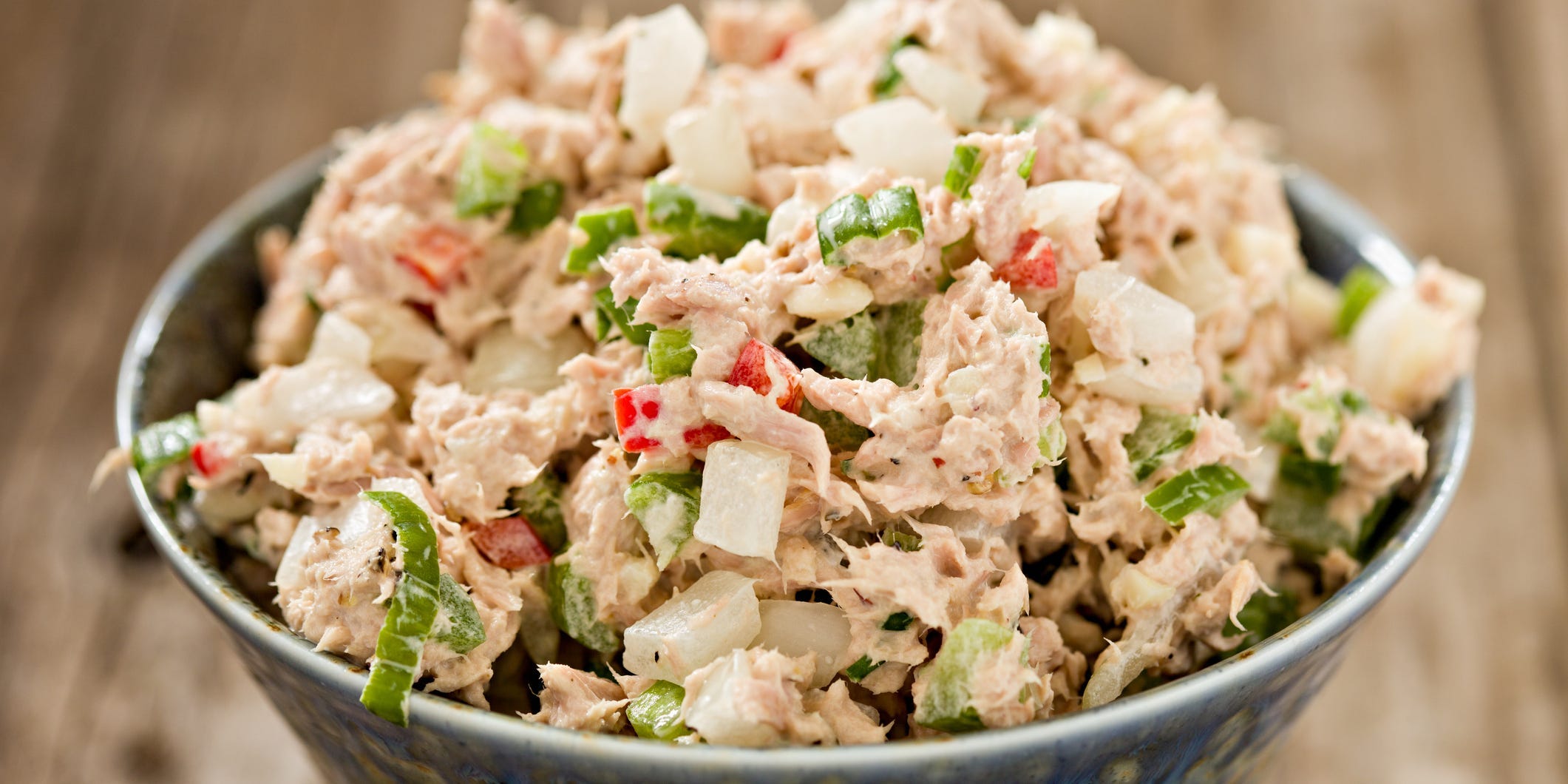
DebbiSmirnoff/Getty Images
Breakfast: 1 cup cottage cheese with 1 cup berries (and optional ⅓ cup keto granola).
Lunch: Tuna salad on a low-carb wrap.
Dinner: Two small ground chicken tacos on low-carb tortillas with black beans, corn, salsa, and avocado.
Day 5
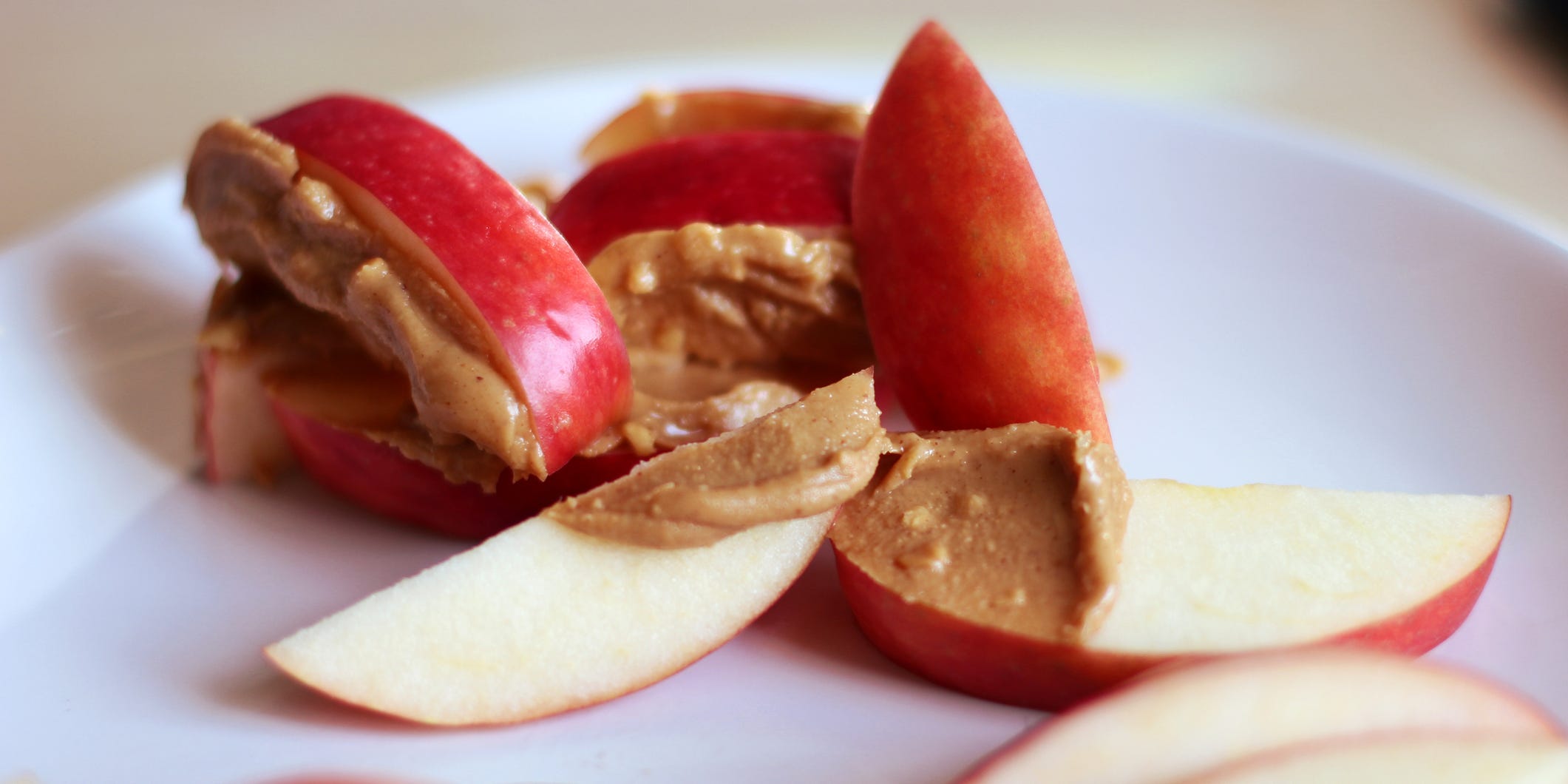
Linh Moran Photography/Getty Images
Breakfast: Low-carb wrap with 1 tablespoon peanut butter and 1 medium sliced apple
Lunch: Two Asian-style glazed chicken drumsticks with a side of broccoli.
Dinner: 2 ounces soy, chickpea, or lentil pasta with tomato sauce and two chicken meatballs.
Day 6
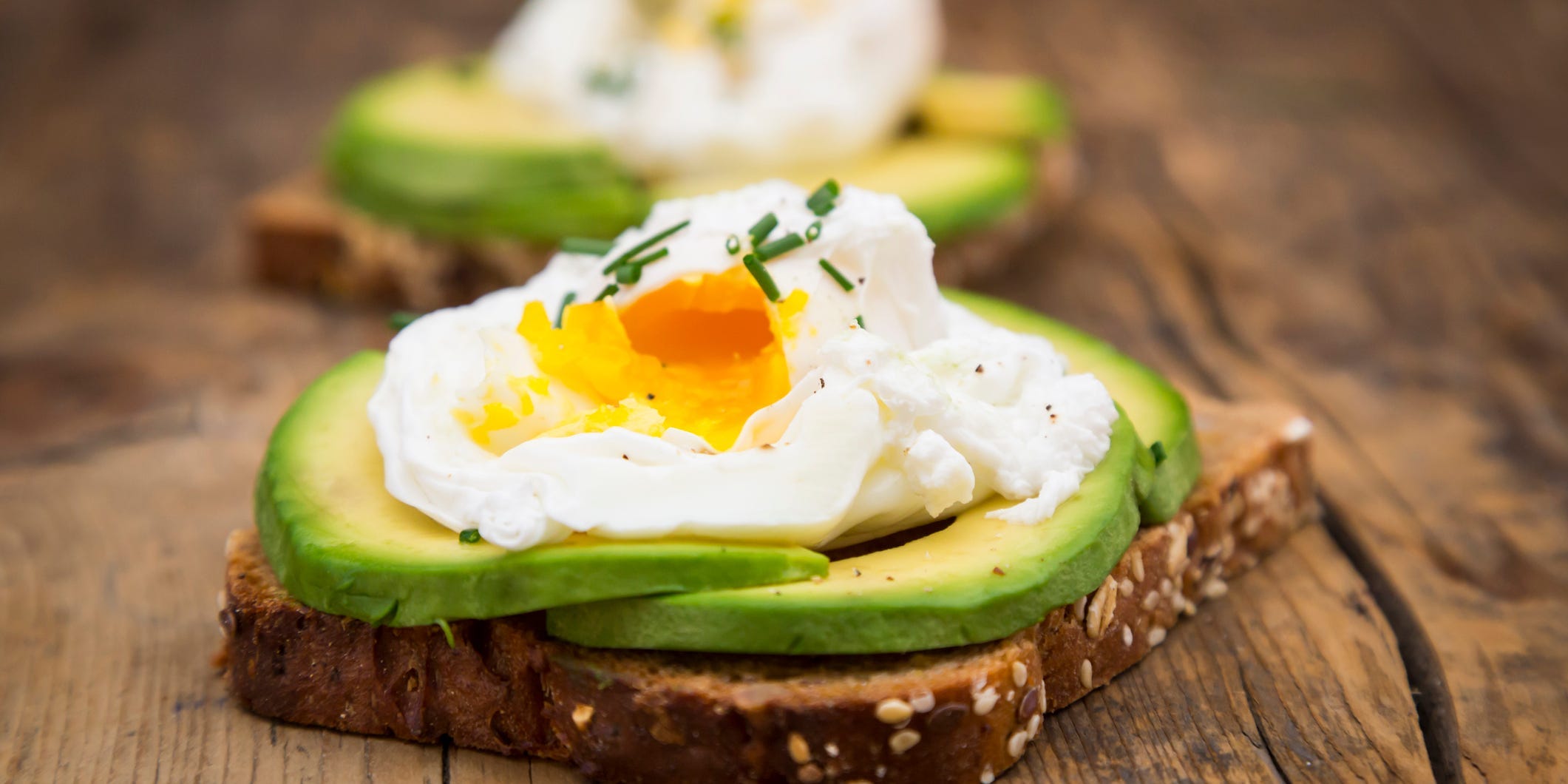
Westend61/Getty Images
Breakfast: One slice sprouted grain toast topped with avocado and one or two soft-boiled eggs.
Lunch: Mixed green salad with sliced turkey or tuna salad.
Dinner: Rotisserie chicken with roasted green beans, mushrooms, and broccoli.
Day 7
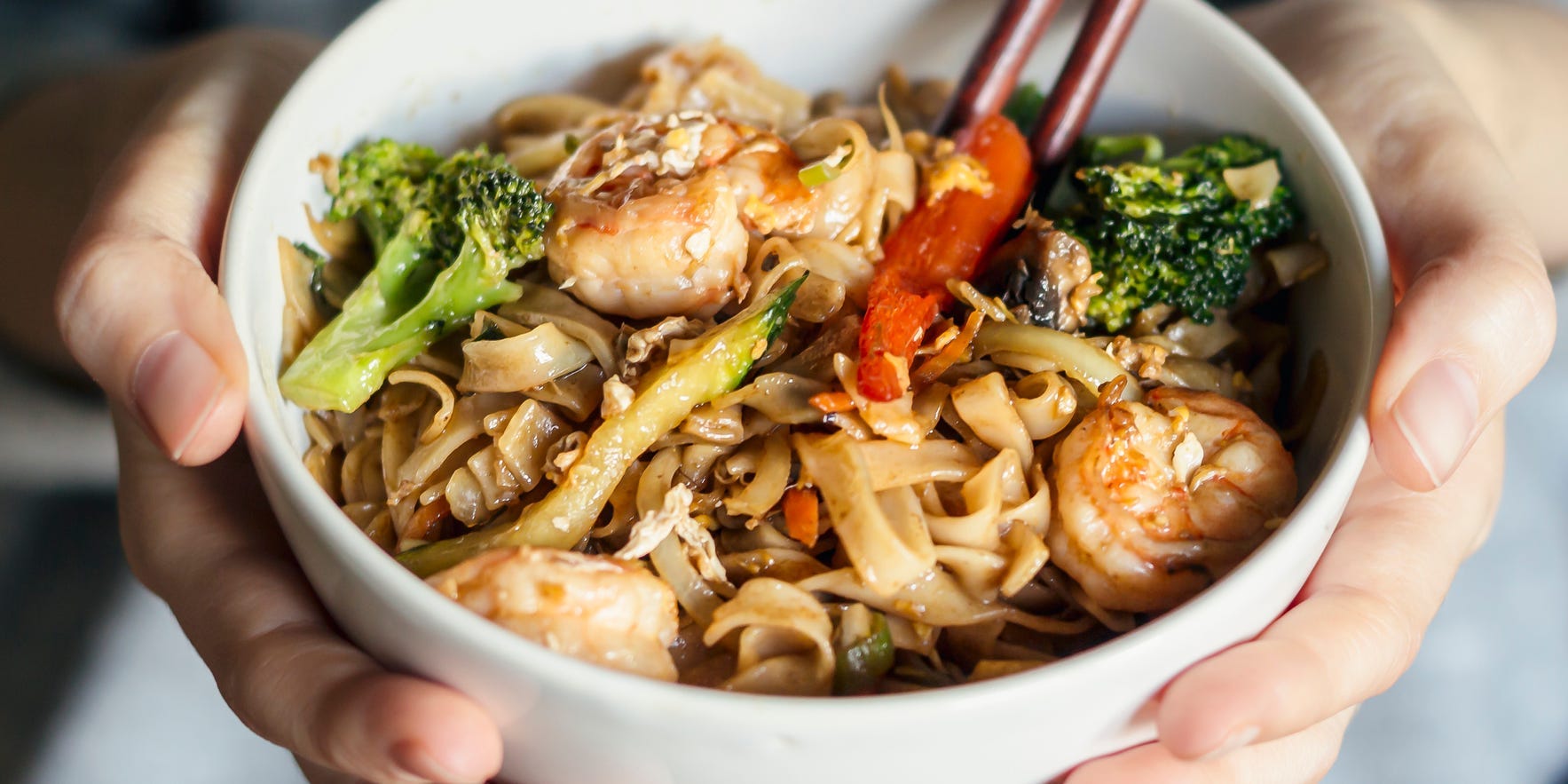
Cavan Images/Getty Images
Breakfast: Crustless spinach quiche.
Lunch: Shrimp stir fry with mixed vegetables.
Dinner: Tomato-based meat sauce with ground chicken over ½ cup brown rice.
Insider's takeaway
Insulin resistance is a common and serious condition, which, if left unchecked, could develop into prediabetes or type 2 diabetes. However, with a proper diet, you can manage the condition or even reverse it.
As a general rule, stick to lean protein and high-fiber foods like whole grains, vegetables, and nuts. You should also avoid sugar and refined carbohydrates. If you're unsure how a food will impact blood sugar levels, check its GI index online via Harvard Health or The University of Sydney's database.
The best way to determine which specific dietary changes will be most beneficial for you is to talk with your doctor.
Dit artikel is oorspronkelijk verschenen op z24.nl
